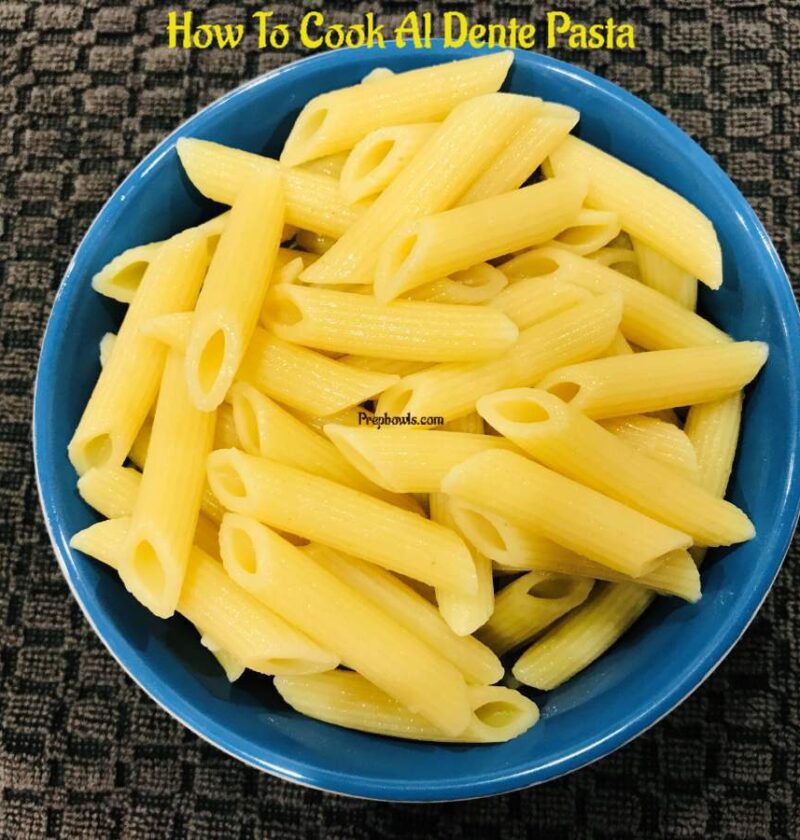
Pasta is one of the favorite food in many countries, cooking it right is the most important part. Al Dente Pasta means pasta is cooked to be firm to the bite ( tender but firm). The term identifies the ideal consistency for pasta and involves a brief cooking time. Texture of the pasta is responsible for the overall taste of any pasta dish. There is health benefits of eating pasta Al Dente. Recipe includes detailed instructions, different pasta cooking time, tips, stepwise pictures , and different recipes using cooked pasta.
Al Dente is an Italian word for ‘to the teeth’ and it refers to pasta that is cooked just enough that is neither hard nor too soft, and its texture is felt by the teeth. Pasta has a low to medium glycemic index (GI) value (which represents the relative rise in the blood glucose level) , which means that the body digests it more slowly when compared to other carbohydrates. To keep the GI value low, cook your pasta to ‘al dente.’
Pasta al dente contains enough fiber that will help to improve a better digestive system. If pasta is overcooked , it gets mushy and will absorbs all the sauce, looses its tastes and texture. Overcooked pasta can also make your digestion hard, which leads to many health problems.
You can serve the cooked pasta as a toddler food, simply sauté the cooked pasta with some butter, salt and pepper ( mild tomato sauce if you prefer), add cheese and serve. Toddlers like to pick and eat the food on their own, so pasta is great choice. Its a perfect lunch box food, easy to eat and spill proof too.
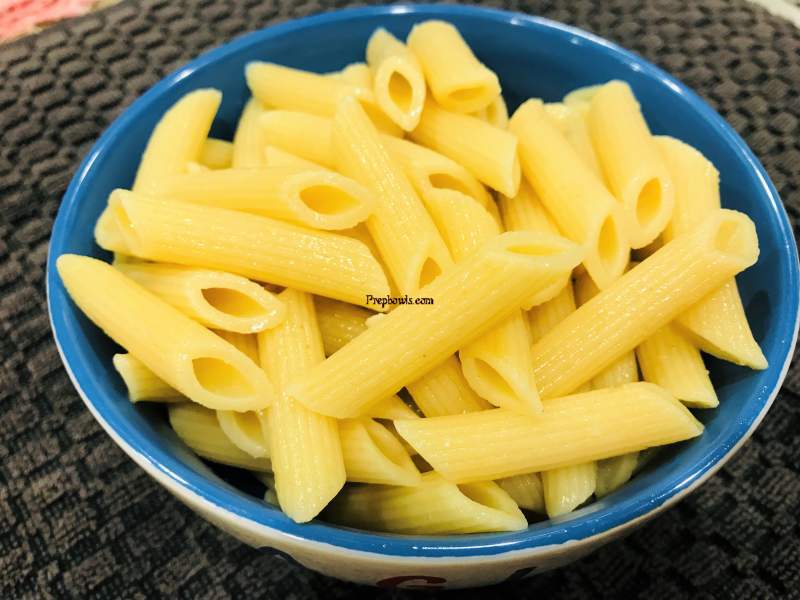
Few types of commonly used pasta and its cooking time
For any pasta, add a generous pinch of sea salt to the cooking water to enhance the pasta’s flavor. Bring water to a rolling boil, add salt to taste. Add pasta to boiling water, stir gently. Return to a boil (boil uncovered), stirring occasionally for the below mentioned time. Remove from heat, drain well.
- Penne – 11 – 12 minutes
- Rigatoni – 10-15 minutes
- Fusilli – 10-13 minutes
- Fettuccine – 8 – 13 minutes
- Spaghetti – 8 – 12 minutes
- Shells – 9 – 14 minutes . Shells comes in different sizes and cooking time vary depending on the shell size.
- Macaroni – 9 – 12 minutes .
- Ravioli – 4 – 9 minutes .
- Angel Hair – 5 – 6 minutes.
- Farfalle – 10 – 12 minutes .
- Regular lasagna – about 9 minutes to cook
- Oven-ready lasagna ( no – boil) – You need not boil this oven ready pasta , use them straight in the recipes, layer it and bake, during baking, the moisture from the sauce softens the lasagna . No-boil lasagna is faster to cook instead of regular/ traditional lasagna.
Water ratio for boiling the pasta
- For 1 cup of pasta (any variety), boil 3 to 4 cups of water , 1 teaspoon salt.
- For 1 pound pasta – use 6 to 8 quart pot , 4 to 6 quarts of water, 1 to 2 tablespoons of salt.
Few important points to remember while cooking the pasta
- Use a large pot for boiling the pasta, it gives the pasta the room it needs to cook evenly while preventing the pasta water from boiling over.
- Add at least 4 quarts of water for per pound of pasta.
- Adding salt will enhance the flavor of pasta, moreover the salt drains away when you drain the pasta , so it will not be salty.
- I like to add little oil to the water, to prevent the pasta from sticking, but it is completely optional. Instead just use a large pot, plenty of water and stir occasionally to prevent the pasta from sticking .
- Don’t combine two types or sizes of pasta in the same pot of water, because they will finish cooking at different times.
- If you are cooking spaghetti, don’t break them into two halves, because the long noodles are meant to wrap around your fork as you spin it through your dish of spaghetti noodles.
Storing and reheating cooked pasta
How to refrigerate ? Prepare / cook pasta ahead of time and use it in recipes later. Boil the pasta, cook it al-dente, drain and toss with enough oil. Cool down completely, and store in a sealed container in the refrigerator.
How to Reheat -? place the pasta in a microwave safe bowl and microwave covered one or two minutes or until warm, depending on the quantity. If you want to reheat large quantity of pasta , then slightly undercook the pasta before refrigerating it. When ready to use , add the pasta to the boiling water for 1 to 2 minutes only ( do not overcook) , cook al- dente, and drain well.
How to freeze ? You can do the same thing if you’re planning to freeze the pasta, slightly undercook the pasta, drain, toss with enough oil , cool them completely, and freeze. Freeze in a freezer safe bags, in a single layer, and lay them flat. When ready to use , add the pasta to the boiling water for 1 to 2 minutes only ( do not overcook), cook al- dente, and drain well.
The second way – slightly undercook the pasta, drain, toss with enough oil , cool them completely. Then spread the cooked pasta flat on a parchment-lined baking sheet and “flash freeze” until it freezes and don’t stick to each other, before portioning into zip-locks / freezer containers. For longer variety noodles, pile them into small nests on the parchment-lined baking sheet , and then flash freeze. When ready to use , add the pasta to the boiling water for 1 to 2 minutes only ( do not overcook), cook al – dente, and drain well.
Note – Pasta stays good up to 3 months in the freezer , and freezing these two ways makes it easier to cook later .
Pastas can be cooked in other ways using the Instant Pot Pressure Cooker , See below for recipes using Instant pot and traditional method, I’ve listed few,
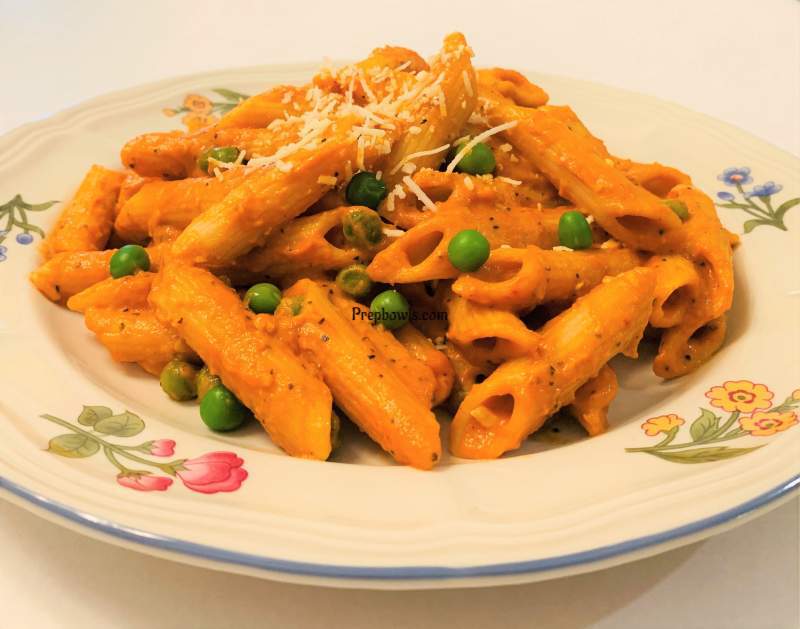
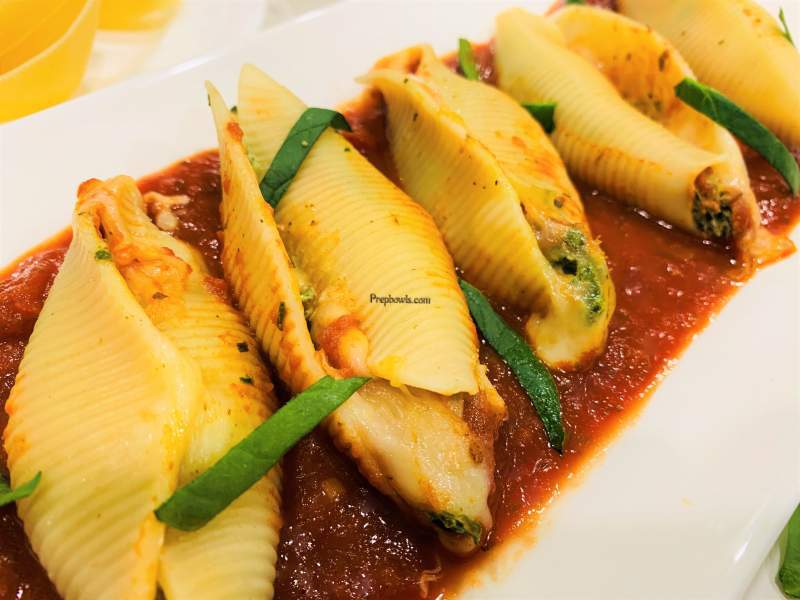
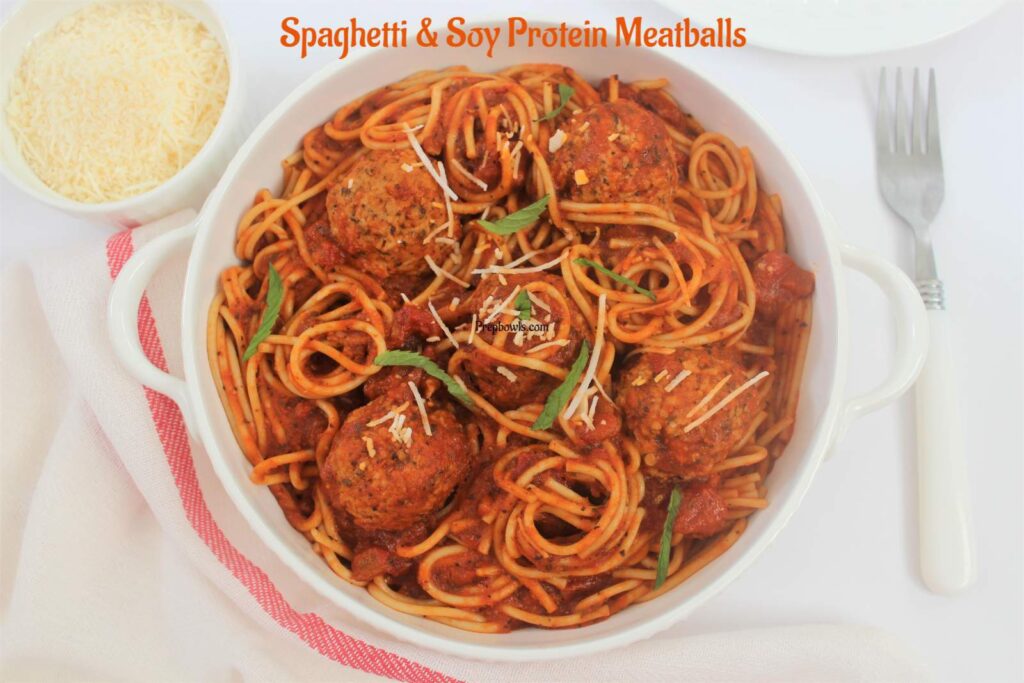
Step by step picture of how to cook penne pasta
Ingredients required – for 4 cups penne pasta , 12 cups of water, 4 teaspoon salt , and 1 tablespoons oil. Take a wide pot, add water, cover the pot with the lid and bring to roiling boil. Add salt , oil(optional), and pasta to boiling water, stir gently. Return to a boil (now boil uncovered), stirring occasionally for the 12 minutes (make sure to closely watch from 10 minutes). Remove from heat.
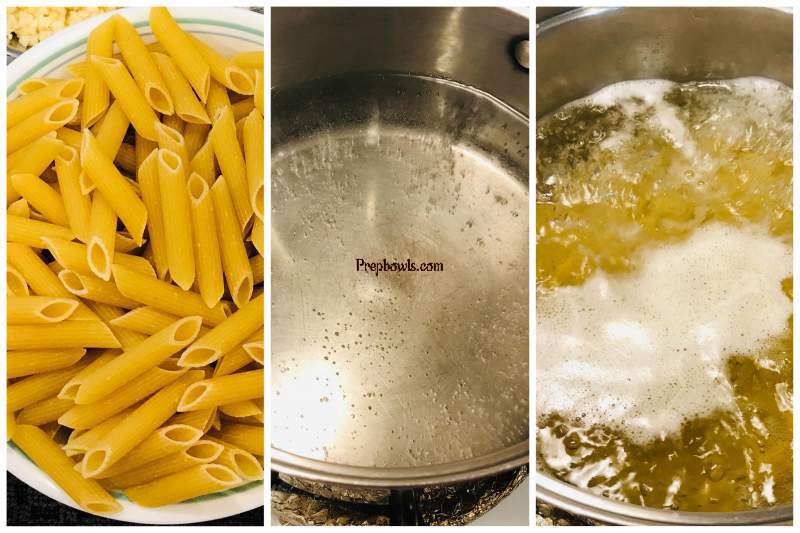
Note: If you’re tossing the pasta with a sauce , or if the recipe calls for cooked pasta water then reserve the required quantity of water in a cup separately, before draining the pasta into the Strainer (The starch in the cooked water can thin a thick sauce and help sauces stick to the noodles).
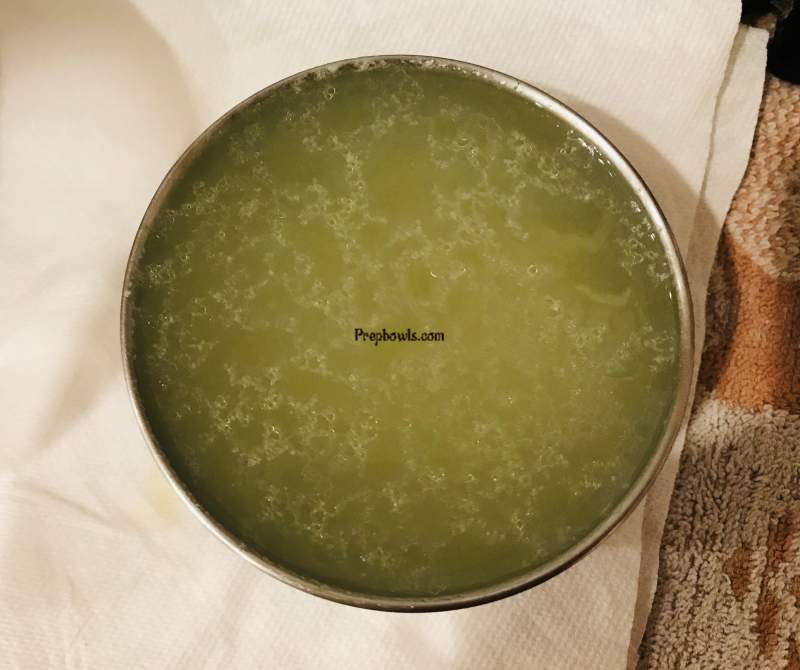
Now Place a strainer inside the kitchen sink. Pour the pasta along with the water into the strainer, drain the water well. Now pasta is ready to be used in your recipes (see notes below for running it under cold water) .
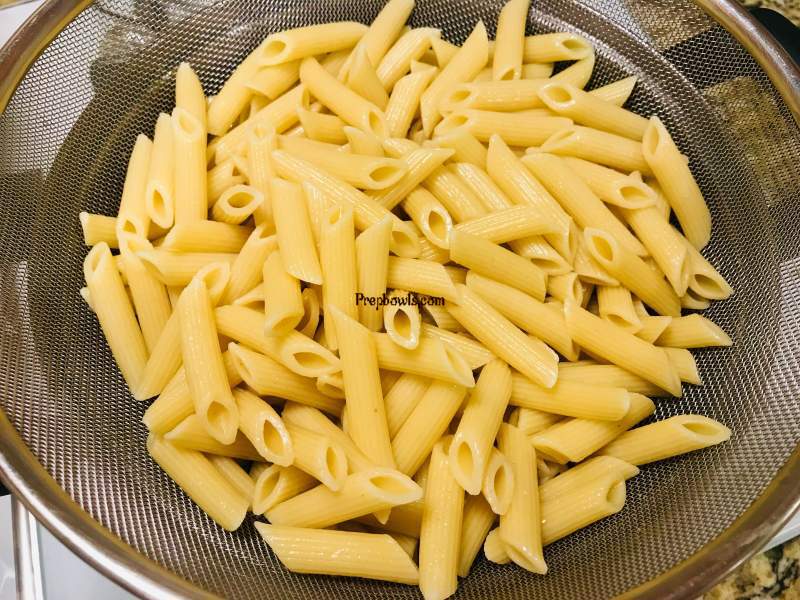
Ingredients
Instructions
- Ingredients required - for 4 cups penne pasta , 12 cups of water, 4 teaspoon salt , and 1 tablespoons oil. Take a wide pot, add water, cover the pot with the lid and bring to roiling boil. Add salt , oil(optional), and pasta to boiling water, stir gently. Return to a boil (now boil uncovered), stirring occasionally for the 12 minutes (make sure to closely watch from 10 minutes). Remove from heat.
- Note: If you're tossing the pasta with a sauce , or if the recipe calls for cooked pasta water then reserve the required quantity of water in a cup separately, before draining the pasta into the Strainer (The starch in the cooked water can thin a thick sauce and help sauces stick to the noodles).
- Now Place a strainer inside the kitchen sink. Pour the pasta along with the water into the strainer, drain the water well. Now pasta is ready to be used in your recipes (see notes below for running it under cold water) .
Notes
- This step is optional - Open the cold running tap water and rinse the strained pasta in the cold water to stop the cooking . Spread 1 tablespoon oil over the pasta ( this helps pasta from sticking to each other).
- If you're making a cold pasta salad, you would rinse the hot pasta with cool water to stop the cooking , but I usually rinse it with water for all recipes and apply tablespoon of oil ( to prevent sticking) and use it , it is totally your personal preference or use it as per your recipe calls for.
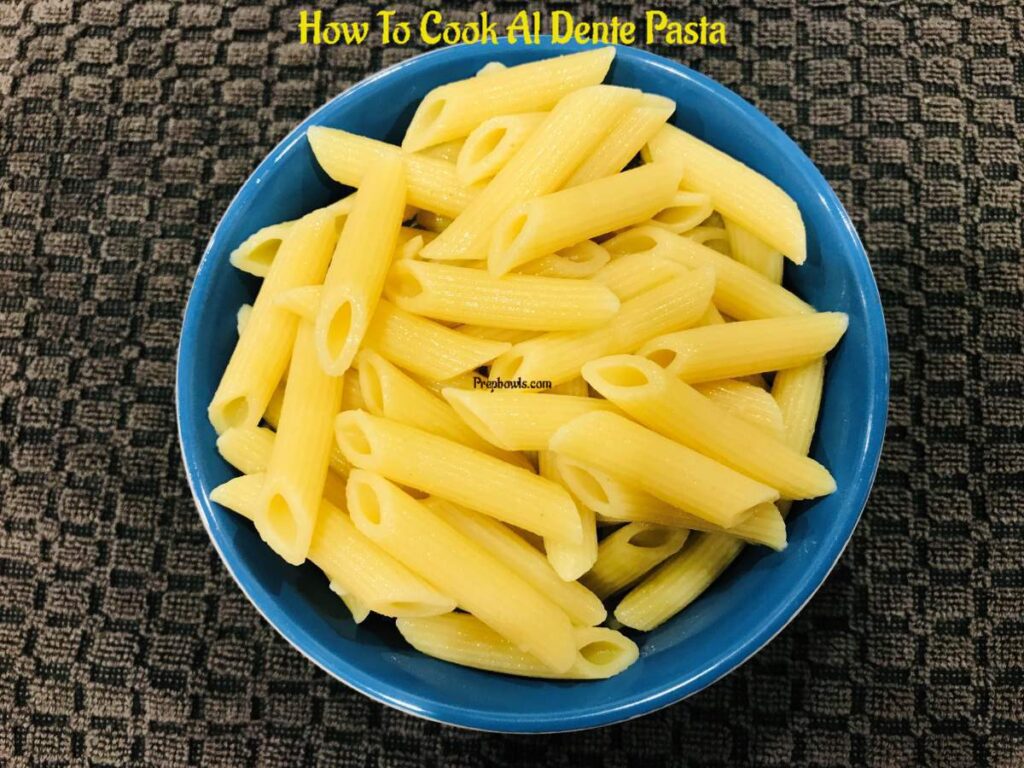
I Love Hearing From You All !
If you like this recipe , please leave your comments below. Share the recipe in social media, this helps more people to find the recipe online!

Thank you so much for this website! The information was so helpful and I appreciate it!!
You’re most welcome, Sanders!
My spouse and I stumbled over here different web address and thought I may as well check things out. I like what I see so now i am following you. Look forward to looking at your web page repeatedly.
Thanks so much for subscribing, I am glad you like it!
You should take part in a contest for one of the most useful blogs on the internet. I most certainly will recommend this website!
Thanks so much for the compliment, Dann!